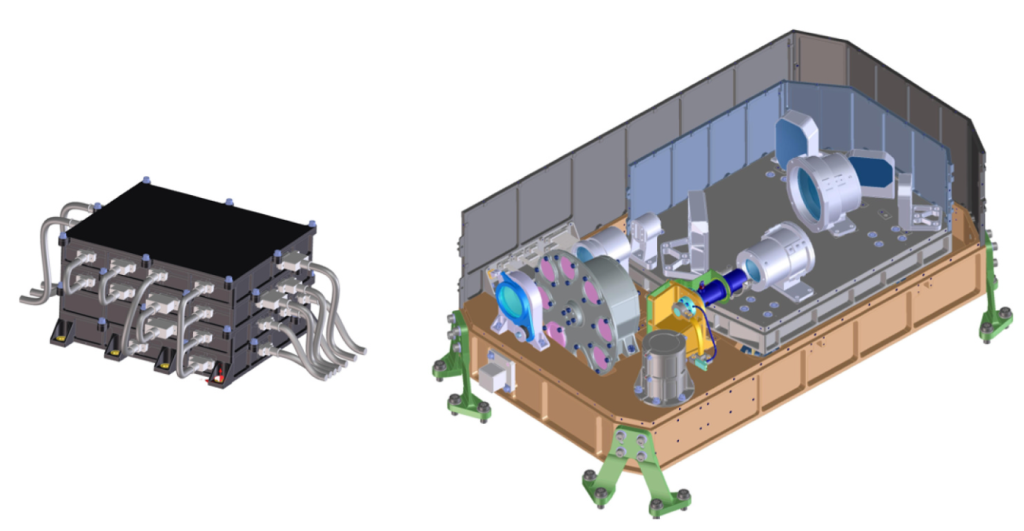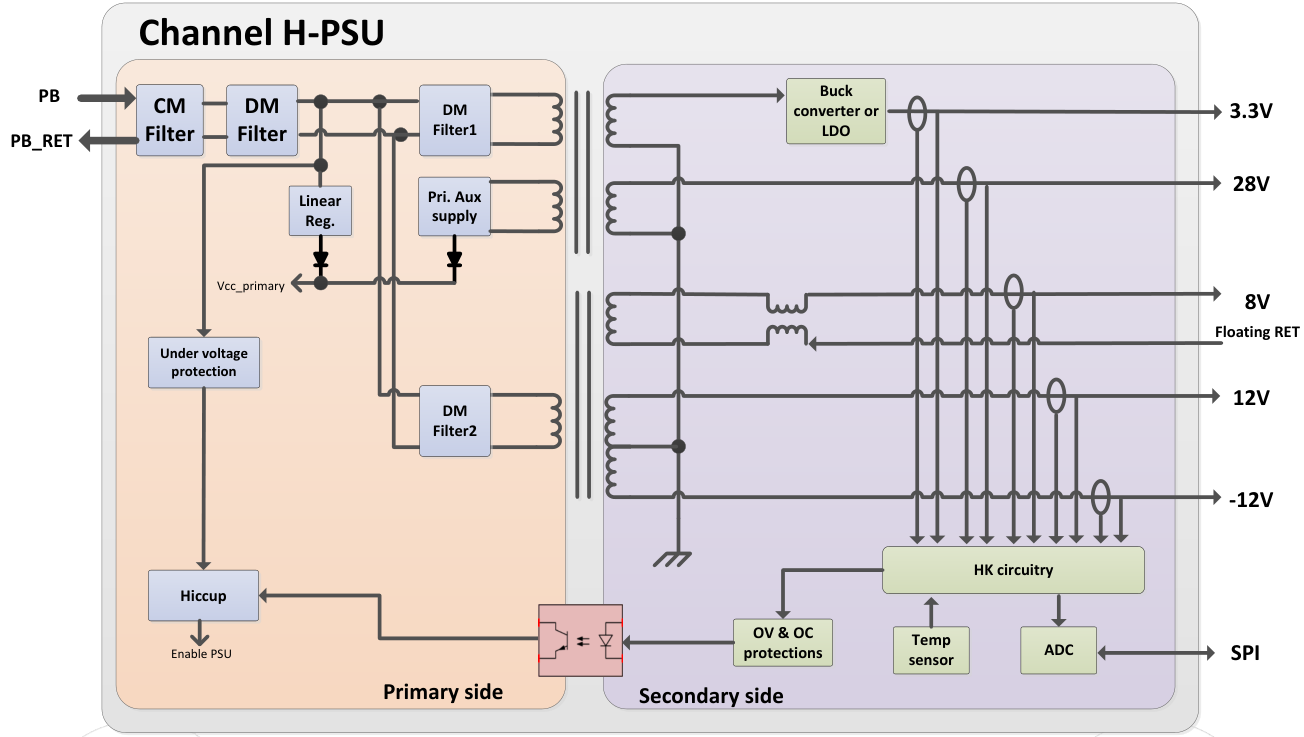VenSpec is a suite of spectrometers designed for the European Space Agency’s EnVision mission to Venus, set to launch in November 2031. It includes three spectrometers: VenSpec-M, VenSpec-U, and VenSpec-H.
VenSpec-H, the high-resolution spectrometer, operates in the near-infrared range of 1.15 to 2.5 μm. Its primary goal is to map the near-surface atmosphere at night and the atmosphere above the cloud deck during the day, focusing on gases associated with volcanism and surface changes on Venus. The instrument will utilize nadir observations for its measurements.
This recent paper outlines the main design requirements and describes the design activities conducted during the feasibility study (phase A) and preliminary definition (phase B1), which includes mathematical modelling, analysis, and prototyping. Emphasis is placed on the optical working principle, which incorporates an echelle grating as a diffractive element paired with a unique combination of filters for spectral band selection. The development of VenSpec-H is a collaborative effort led by Belgium, involving contributions from various research institutes, universities, and industrial partners from Belgium, Switzerland, Spain, and the Netherlands.
Scitechss engineers are collaborating in the development of the spectrometer and focusing on the design of its power conversion unit (H-PSU). The power stage is based on two multi-output flyback converters with primary side control, which provide isolation and the necessary secondary voltages. These converters utilize a linear regulator for startup, drawing power from a filtered primary bus. An auxiliary winding powers the controller circuit, with one auxiliary voltage supplying primary side circuits.

3D drawings of the electronic box (left) and the optical bench (right). Extracted from the paper.
A regulated +8V voltage is produced for the detector proximity electronics, while a +3.3V output, which has stricter ripple and noise requirements, is regulated by a synchronous buck converter. Additionally, regulated +24V and ±12V secondary outputs are included. The design incorporates undervoltage protection on primary circuits to prevent premature startup, and all secondary outputs feature over-current and over-voltage protection. These protections are linked to a hiccup circuit for safe resets of the power supply. Output currents, voltages, and temperature are monitored and transmitted to the PROC-board via SPI-bus.
Click here for a complete description.
Featured/Excerpt: H-PSU power distribution scheme.

